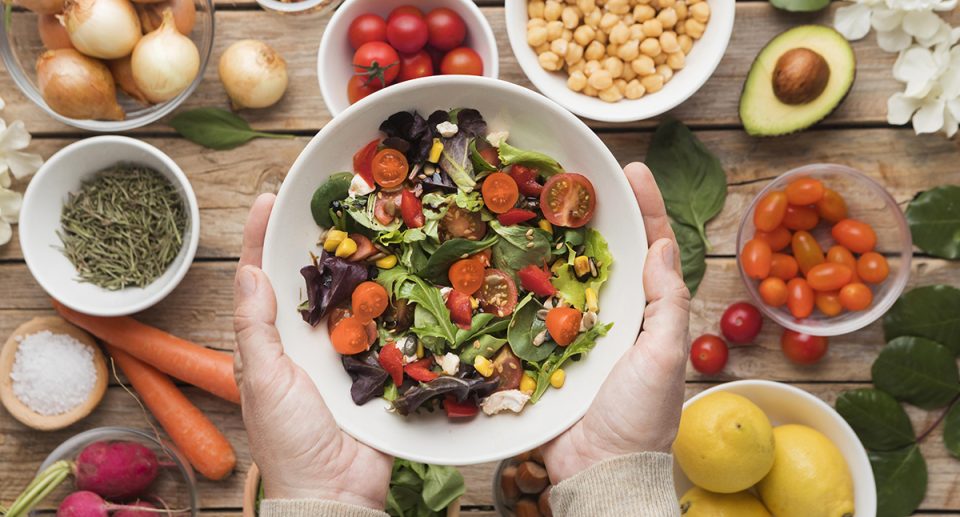Increase your protein consumption with the 5 healthiest meats to eat
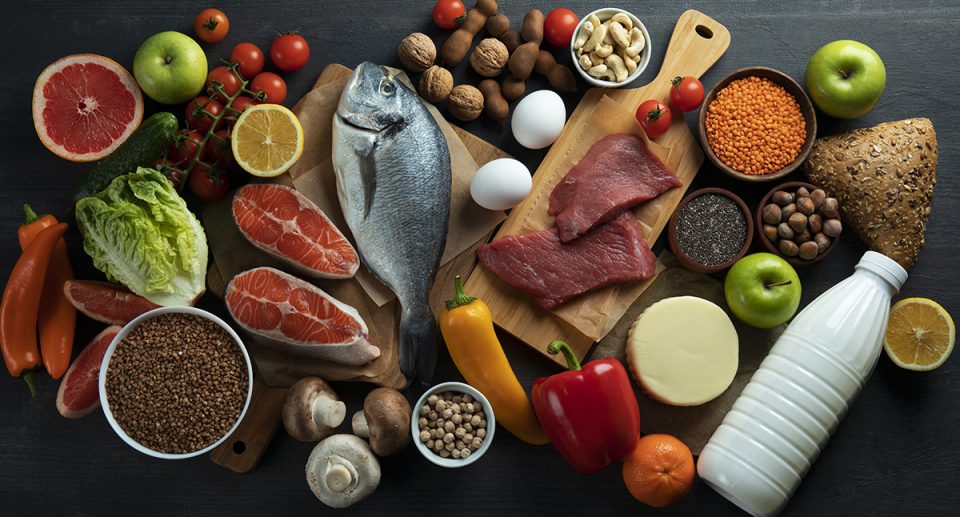
If you’re aiming to enhance your muscle growth, maintain muscle mass while shedding pounds, or create satisfying and filling meals and snacks, elevating your daily protein (like meat) intake can be highly beneficial.
Despite the Recommended Daily Allowance (RDA) for protein being a minimal 0.8 grams per kilogram of body weight, most scientific research and experts concur that the majority of individuals, including older adults and those who lead an active lifestyle or are pursuing weight loss, stand to gain from a higher protein intake, roughly around 1.2 grams per kilogram of body weight. This level is especially valuable in preventing muscle loss.
The remarkably nutritious animal proteins
Although it’s possible to obtain your protein from plant sources, animal proteins are considered superior due to their inclusion of all nine essential amino acids and their enhanced digestibility and absorption compared to plant-based protein.
Animal proteins can be categorized into two main types: meat and non-meat. Meat options encompass beef, fish, pork, and poultry, while non-meat sources consist of animal by-products like dairy and eggs.
While certain types of meat may contain elevated levels of saturated fat and sodium, others are remarkably nutritious, supplying ample protein along with essential nutrients such as B vitamins, iron, and zinc in just a few ounces.
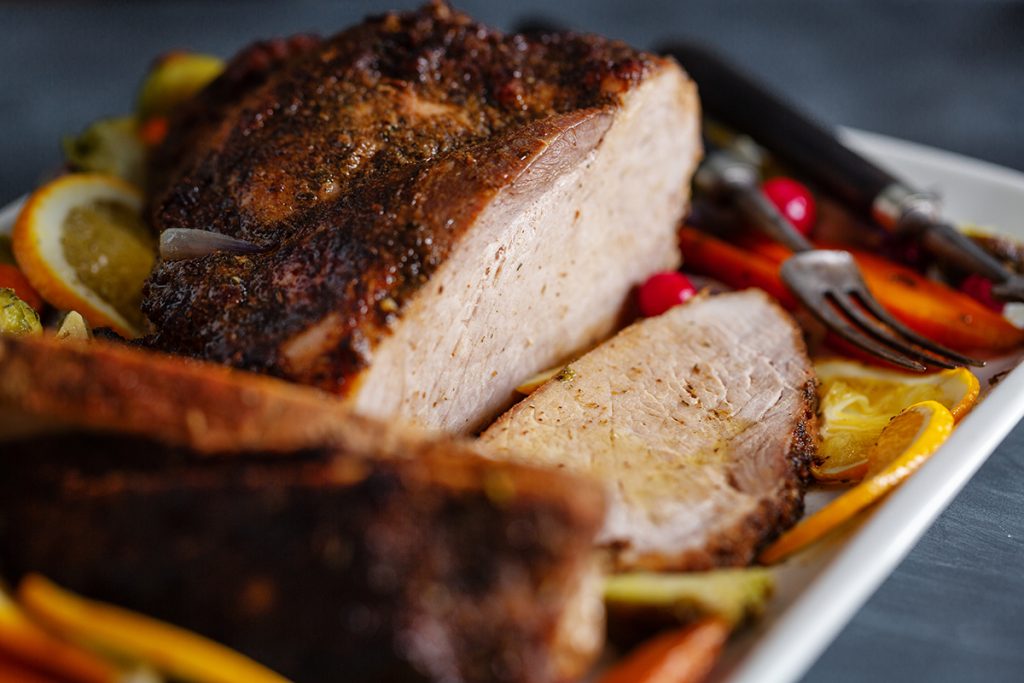
01. Pork loin
Pork loin provides a rich supply of B vitamins, encompassing thiamin, niacin, vitamin B6, and vitamin B12. These B vitamins play a crucial role in energy generation and are involved in various bodily functions, from DNA synthesis to the creation of neurotransmitters.
Given that B vitamins are water-soluble and require daily replenishment, it is imperative to regularly incorporate reliable sources into your diet, such as pork loin, as well as dark leafy greens and dairy.
A mere three ounces of cooked pork loin offers 22 grams of protein and a mere 2.4 grams of saturated fat, accounting for just 11% of the recommended daily limit.
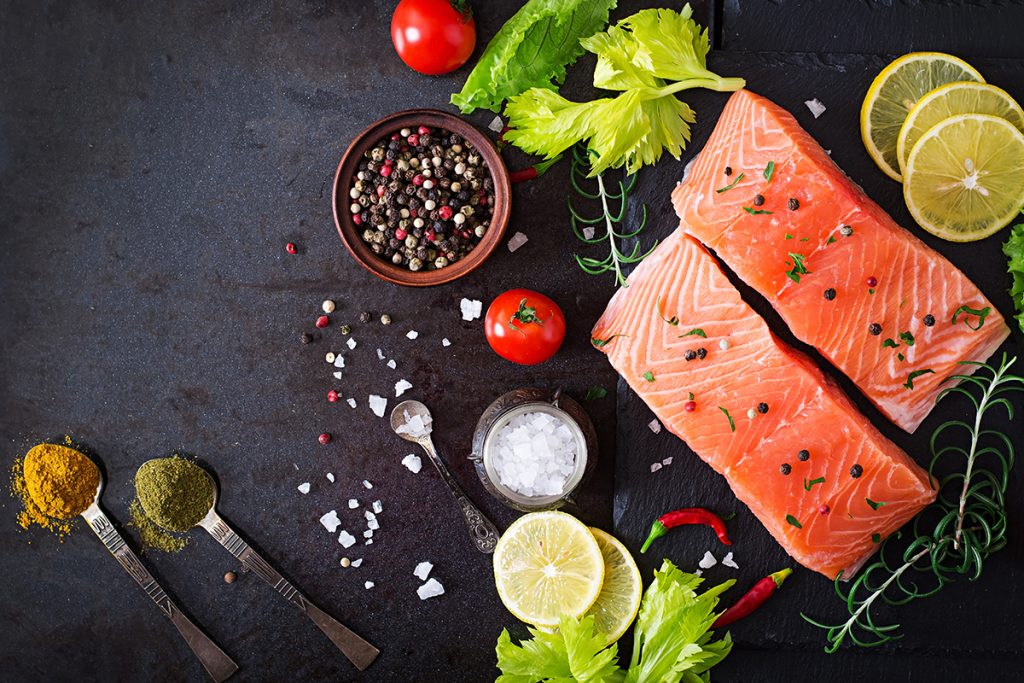
02. Salmon
Salmon, whether it’s in canned, smoked, or baked form, represents a versatile and nutritious animal protein. Beyond its role as a valuable protein source, salmon is remarkably rich in omega-3 fatty acids, vital for promoting heart health and potentially alleviating symptoms of depression.
A single 3-ounce portion of Wild Atlantic Salmon contains 7 grams of fat, with the majority comprising heart-healthy omega-3 fatty acids. Research has shown these omega-3s to possess anti-inflammatory properties and offer advantages for skin and joint health.

03. Extra lean ground beef
Although red meat can be associated with excessive saturated fat, extra lean ground beef provides the protein, vitamins, and minerals inherent to beef while keeping fat content at a minimum. Furthermore, it presents a convenient and cost-effective choice suitable for a wide array of dishes, spanning from stews to tacos and burgers. Extra lean ground beef consists of a minimum of 90% lean meat with 10% or less fat content.
Beef offers crucial nutrients that support various bodily functions, bolster the immune system, and contribute to energy metabolism, including iron, zinc, B-vitamins such as B12 and niacin, and selenium. Just a single 3-ounce serving of ground beef delivers 22 grams of protein, 12% of the daily value (DV) for iron, and an impressive 50% DV for zinc.
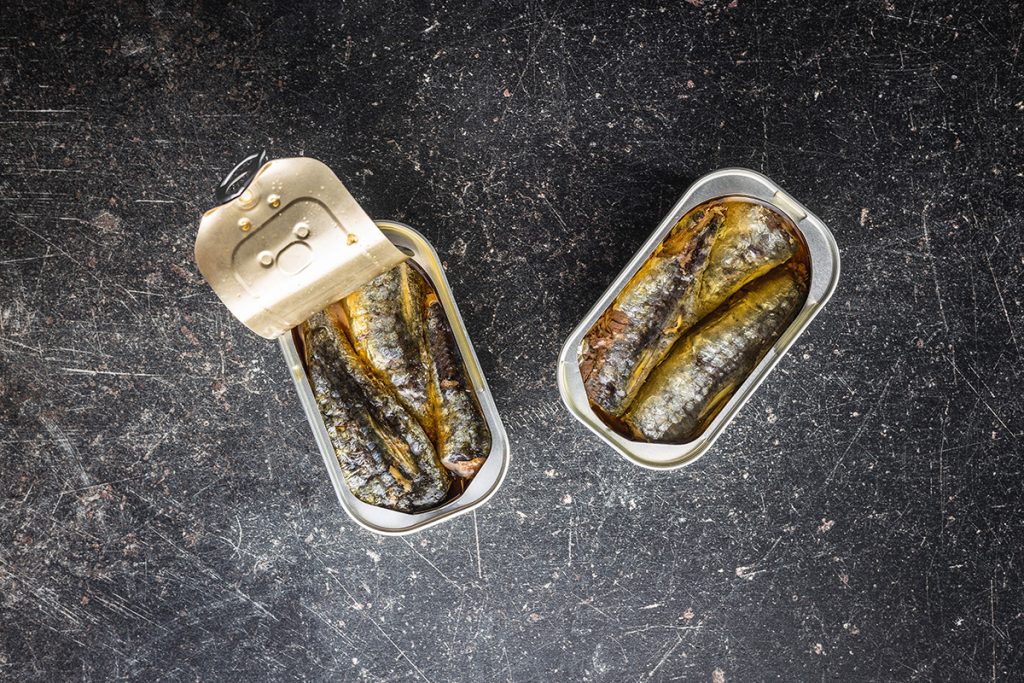
04. Sardines
Canned fish is experiencing a resurgence, and the only unexpected aspect is the time it has taken for this economical and hassle-free source of protein to become widely embraced. Sardines, in particular, are abundant in vital nutrients, including protein, vitamin B12, vitamin D, calcium, and essential minerals.
A mere 3.75-ounce can of sardines furnishes 22.6 grams of high-quality protein and covers 27% of the daily value (DV) for calcium. These nutrients are indispensable for promoting sturdy bones and maintaining healthy skin. Additionally, sardines boast an abundance of omega-3 fatty acids, which have the potential to mitigate the risk of heart disease and enhance blood vessel function.

05. Cod
The USDA suggests consuming a minimum of two portions of seafood per week, with each portion approximately equal to 3-4 oz. of fish or shellfish, but a substantial portion of the American population, potentially up to 90%, fails to consistently meet this recommendation.
If you don’t love the fishy taste of salmon or sardines, cod is an excellent high-protein seafood choice that’s mild in flavor and incredibly easy to use. With less than 1 gram of fat, only 90 calories, and 19 grams of protein per 3-ounce serving, it’s a healthy and protein-rich choice for dinner.
Increase your protein with the 5 healthiest meats to eat conclusion
The importance of a balanced diet is underscored by the fact that it plays a pivotal role in fueling our bodies, aiding in muscle repair and growth, and supporting various bodily functions. It is essential to find protein sources that align with your preferences and dietary requirements, making it more likely for you to stick to your nutritional goals.
If you’re looking for a simple way to boost your protein consumption, dietitians recommend integrating these wholesome animal protein options, whether they come from meat or non-meat sources, into your daily diet.






